Are Night Vision Goggles Infrared ?
Night vision goggles can utilize infrared technology to enhance visibility in low-light or dark conditions. Infrared light is not visible to the human eye, but it can be detected by certain devices, including night vision goggles. These goggles typically have an infrared illuminator that emits infrared light, which is then captured by the goggles' sensors. The sensors convert the infrared light into an image that can be seen by the user. This allows the goggles to provide enhanced visibility in situations where there is insufficient natural light. However, it is important to note that not all night vision goggles use infrared technology. Some goggles may rely on other methods, such as image intensification, to amplify available light and improve visibility in the dark.
1、 Night vision technology: Infrared vs. other methods
Night vision goggles are not infrared, but they do utilize infrared technology as part of their functionality. Night vision technology allows individuals to see in low-light or dark environments by amplifying the available light or by using other methods such as thermal imaging or infrared illumination.
Infrared technology is commonly used in night vision goggles to enhance visibility in complete darkness. These goggles have an infrared illuminator that emits infrared light, which is invisible to the human eye but can be detected by the goggles' sensors. The sensors then convert the infrared light into visible light, allowing the wearer to see in the dark.
However, it is important to note that not all night vision goggles rely solely on infrared technology. There are different generations of night vision goggles, each with varying levels of technology and capabilities. Some goggles use image intensification technology, which amplifies the available light to provide a clearer image in low-light conditions. Others may use thermal imaging technology, which detects the heat emitted by objects and creates an image based on the temperature differences.
In recent years, there have been advancements in night vision technology, including the integration of infrared and thermal imaging capabilities into a single device. These advancements have improved the overall performance and versatility of night vision goggles, allowing users to have a clearer and more detailed view in various low-light conditions.
In conclusion, while night vision goggles are not infrared themselves, they do incorporate infrared technology as part of their functionality. The use of infrared illumination, along with other methods such as image intensification and thermal imaging, allows night vision goggles to provide enhanced visibility in low-light or dark environments.
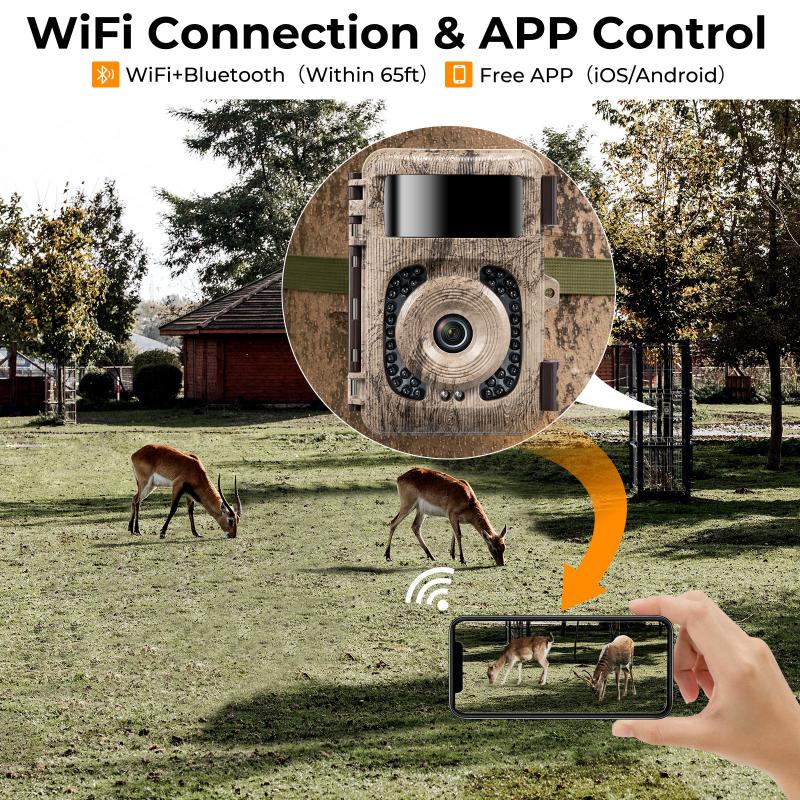
2、 How do night vision goggles work with infrared technology?
Night vision goggles are not infrared, but they do work with infrared technology. Night vision goggles are designed to enhance visibility in low-light conditions, such as at night or in dark environments. They achieve this by amplifying the available light, including infrared light, which is invisible to the human eye.
Infrared technology plays a crucial role in night vision goggles. These devices use an image intensifier tube that captures ambient light, including infrared light, and converts it into visible light. The image intensifier tube consists of a photocathode that converts photons (light particles) into electrons, which are then accelerated and amplified. This process creates a brighter image that can be seen through the goggles.
Infrared light is particularly useful for night vision because it is emitted by heat sources, such as humans and animals. This allows night vision goggles to detect and display the heat signatures of objects and living beings, even in complete darkness. By utilizing infrared technology, night vision goggles can provide enhanced visibility and situational awareness in various applications, including military operations, law enforcement, and wildlife observation.
It is important to note that while night vision goggles can detect and amplify infrared light, they are not solely reliant on it. They can also amplify other forms of light, such as moonlight or starlight, to provide a clearer image. The latest advancements in night vision technology have led to the development of more sophisticated goggles that combine infrared and thermal imaging capabilities, further enhancing their effectiveness in low-light conditions.
In conclusion, night vision goggles are not infrared themselves, but they utilize infrared technology to enhance visibility in low-light environments. By capturing and amplifying infrared light, these goggles can provide a clearer image and detect heat signatures, making them invaluable tools in various fields.

3、 Infrared illumination in night vision goggles
Night vision goggles are not inherently infrared, but they often incorporate infrared illumination as a feature. Night vision technology allows users to see in low-light or dark environments by amplifying available light. Traditional night vision goggles work by collecting and intensifying ambient light, such as moonlight or starlight, to create a visible image.
However, in situations where there is no ambient light available, infrared illumination can be used to provide additional light for the night vision goggles to amplify. Infrared illumination works by emitting infrared light that is invisible to the human eye but can be detected by the night vision device. This allows the goggles to create a visible image even in complete darkness.
In recent years, there have been advancements in night vision technology that incorporate infrared illumination directly into the goggles. These goggles have built-in infrared LEDs (light-emitting diodes) that emit infrared light to illuminate the surroundings. This eliminates the need for external infrared light sources and provides a more integrated and convenient solution for users.
The use of infrared illumination in night vision goggles has proven to be particularly useful in military and law enforcement applications, where operations often take place in low-light or no-light conditions. It allows users to maintain situational awareness and perform tasks with enhanced visibility, even in complete darkness.
It is important to note that not all night vision goggles have infrared illumination capabilities. Some models may rely solely on ambient light amplification. The inclusion of infrared illumination is a feature that varies depending on the specific model and intended use of the goggles.
In conclusion, while night vision goggles are not inherently infrared, many models incorporate infrared illumination as a feature to provide visibility in complete darkness. The use of infrared illumination has become increasingly common and beneficial in various applications, enhancing the effectiveness and versatility of night vision technology.
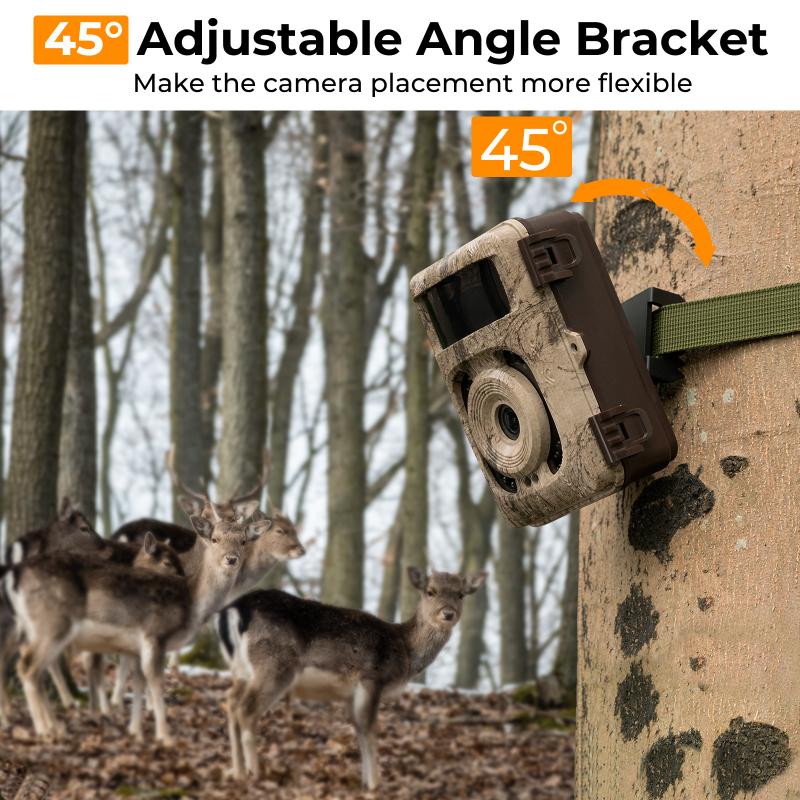
4、 Advantages and limitations of infrared night vision goggles
Night vision goggles are not infrared, but they do utilize infrared technology to enhance visibility in low-light conditions. Infrared night vision goggles work by detecting and amplifying the infrared light emitted by objects and converting it into visible light. This allows the wearer to see clearly in complete darkness or in situations with limited ambient light.
One of the main advantages of infrared night vision goggles is their ability to provide clear vision in the absence of visible light. This makes them extremely useful for military operations, surveillance, and search and rescue missions conducted at night. They can also be used for wildlife observation and hunting, as they allow users to see animals that are active during the night.
Another advantage of infrared night vision goggles is their ability to see through smoke, fog, and other atmospheric conditions that can obstruct visibility. This can be particularly beneficial in emergency situations, where clear vision is crucial for effective response and rescue operations.
However, there are limitations to infrared night vision goggles. One limitation is their limited range. The effectiveness of these goggles decreases with distance, and objects that are far away may appear blurry or indistinct. Additionally, infrared night vision goggles can be affected by bright light sources, such as headlights or flashlights, which can cause temporary blindness or reduce visibility.
Moreover, infrared night vision goggles can be quite expensive, making them less accessible to the general public. The technology is constantly evolving, and newer models are being developed to address some of these limitations. For example, some modern infrared night vision goggles incorporate thermal imaging technology, which can provide even clearer images and better detection of heat signatures.
In conclusion, while night vision goggles are not infrared themselves, they do utilize infrared technology to enhance visibility in low-light conditions. They offer advantages such as clear vision in complete darkness and the ability to see through certain atmospheric conditions. However, they also have limitations, including limited range and susceptibility to bright light sources. The ongoing advancements in technology continue to improve the capabilities of infrared night vision goggles, making them an invaluable tool in various fields.







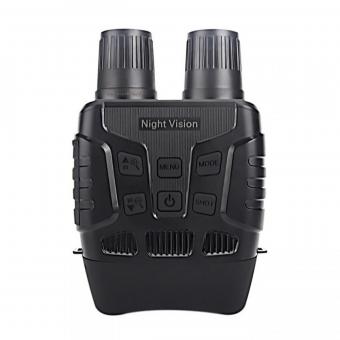
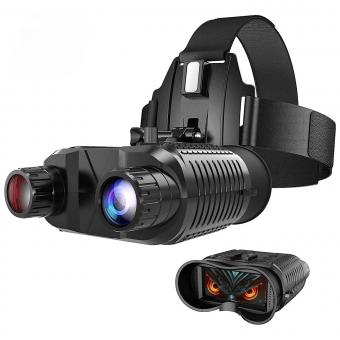

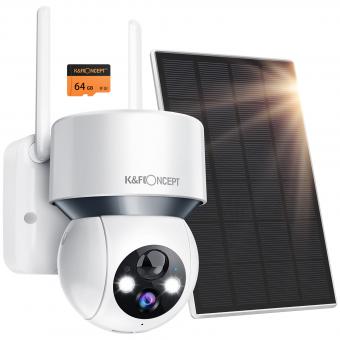
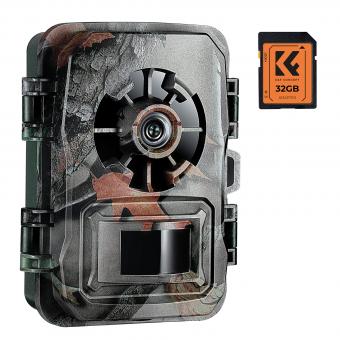





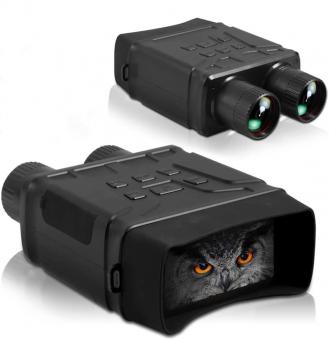





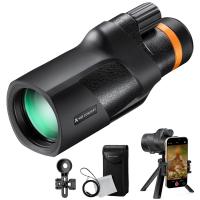

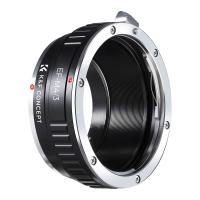
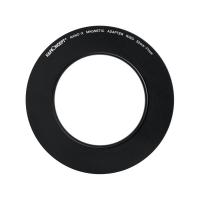

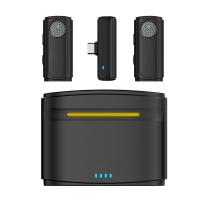
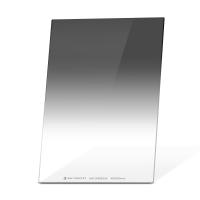


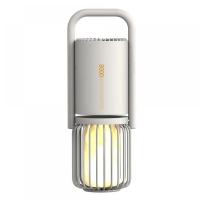


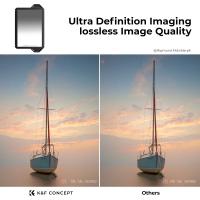



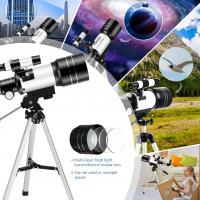
There are no comments for this blog.